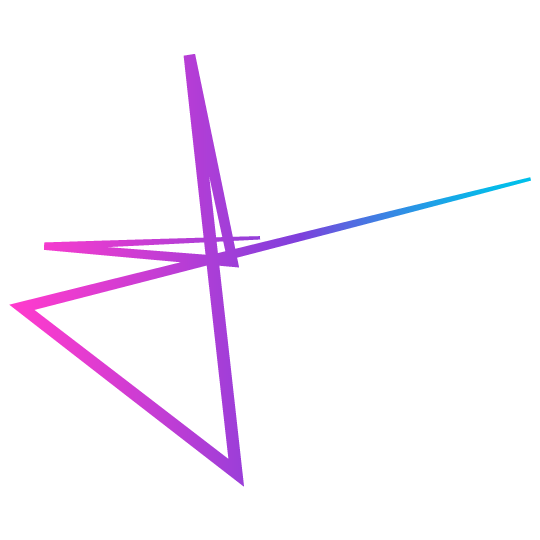Distractions actually serve a function in our daily routine. They help to decongest our mental pathways that we tend to overburden with our daily responsibilities. Imagine the work we have to do and the mental pathways required to travel in order to perform them, it’s like a freeway that starts to build up busyness, congestion and traffic. At a certain point, trying to get the same work done becomes more difficult because of the burden on the system – potholes, red lights, accidents. Distractions help alleviate that congestion and clear up those mental pathways for a fresh reset.
Distractions usually activate some other part of our overworked brain to alleviate activity and pressure. If your job requires to make difficult decisions, meeting after meeting, a distraction might be something that requires no decisions. If you’re working on a task that requires some kind of active writing you might indulge in a passive activity for a distraction. Instinctually we use distractions to relieve some of the overwork and fatigue we experience in those different parts of our mental pathways. So I’m suggesting instead of letting distractions subconsciously take control of our time, we can purposefully manage our distractions to actually be more productive.
Download the worksheet, read on to learn more
Distraction Management Worksheet
Itemize your distractions. Make a list of frequent distractions you run into. Then put a time frame next to those distractions.
Distractions could be, messaging a friend, getting a snack or making tea or coffee, scrolling a feed, attention to your pet, checking sports scores, listening to a song, checking sales. And “distractions” don’t necessarily have to be distractions like research, reading a book, working out, getting lunch.
In between your blocks of work, give yourself a “distraction” within the time frame you’ve allotted.
We’re taking control of the distraction by giving ourselves permission to do it and managing it by putting a time limit on it and removing the guilt associated with it. By not giving ourselves the permission or time to do it, it makes us want to overindulge in the distraction therefore making it an endless distraction. Because theoretically we’re not going to do it again, so we’re making a “one more minute” bargain with ourselves over and over again.
The benefits of managing distractions versus trying to avoid them
Improved focus during work time: By designating specific blocks of uninterrupted work time, we can create a focused environment that facilitates deep concentration and productivity. Knowing that designated distraction time awaits later can help reduce the urge to engage in distractions during work periods.
Increased self-awareness: By itemizing common distractions, we become more aware of the specific factors that divert our attention. This awareness is a crucial first step toward managing and minimizing those distractions.
Enhanced time management: Allocating time for distractions allows us to indulge in activities we enjoy without feeling guilty or overwhelmed. This structured approach helps strike a balance between work and leisure, ultimately leading to increased satisfaction and overall well-being.
Increased productivity and flowstate: By consciously managing distractions and maintaining a focused work routine, we are more likely to enter a state of flow—where we can experience heightened concentration and productivity. Flow state can lead to higher quality work and a sense of fulfillment.
Be as flexible or as structured as you need. The method allows us to tailor our distraction management to our unique preferences and work styles. By itemizing and categorizing distractions, we can choose activities that provide the necessary mental relief while still aligning with our personal interests and goals.
